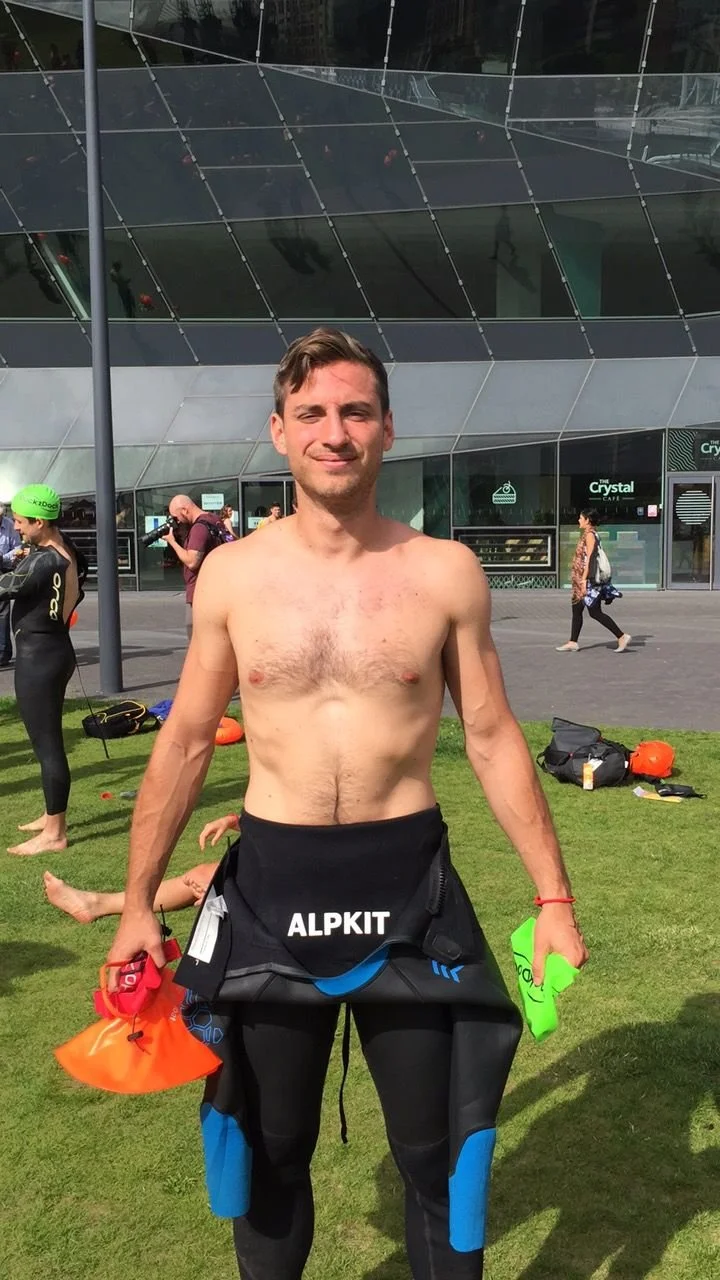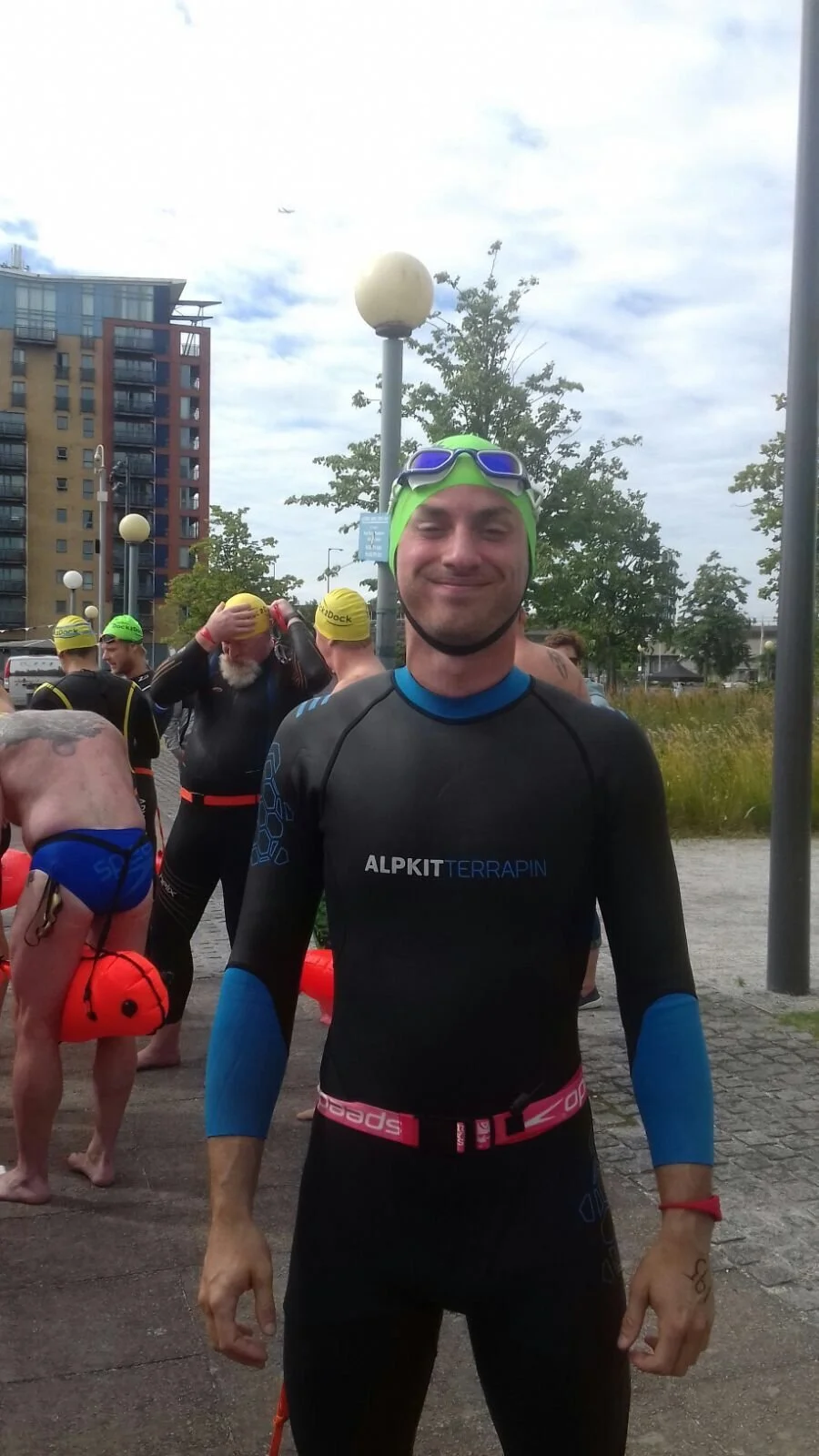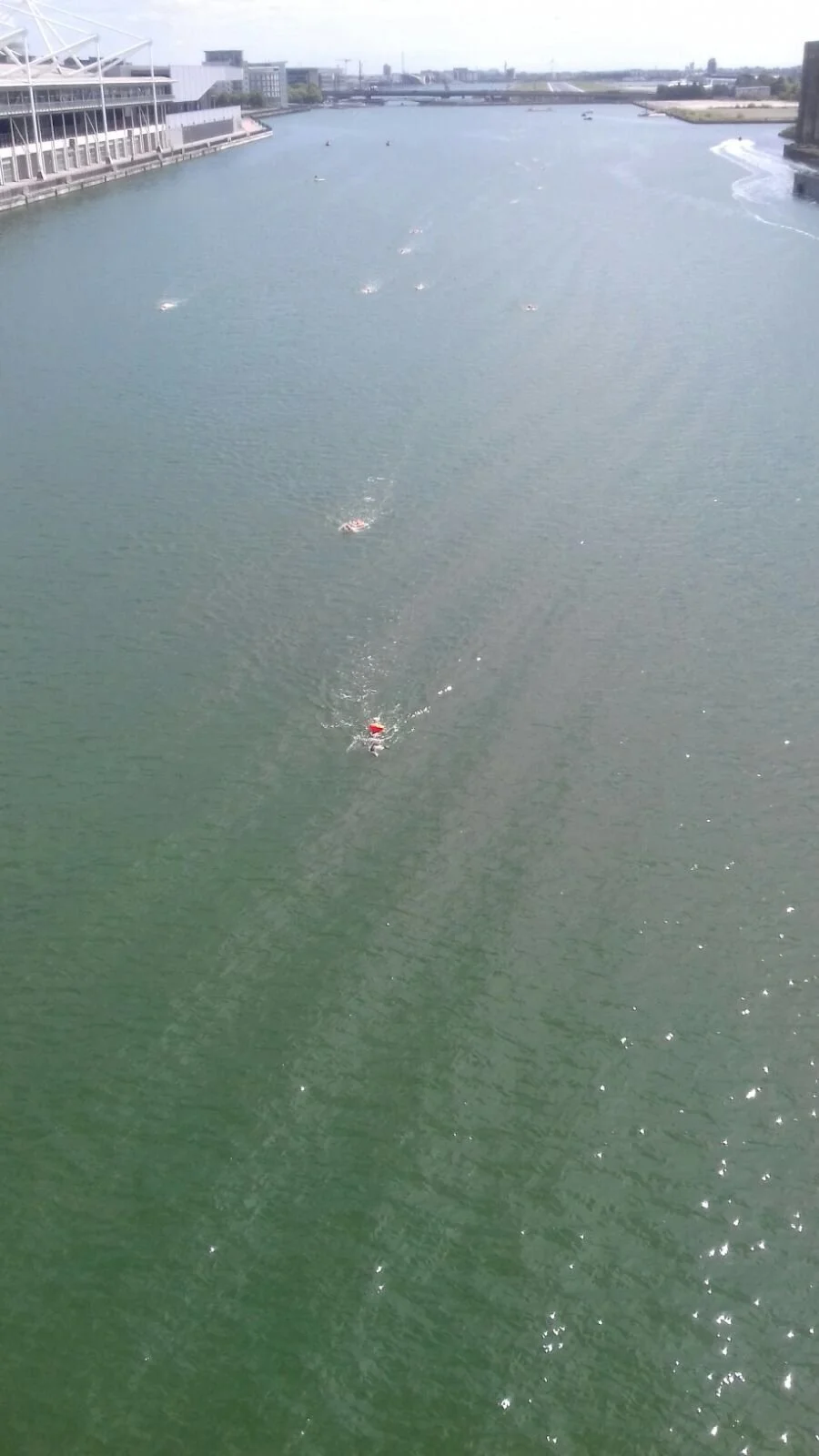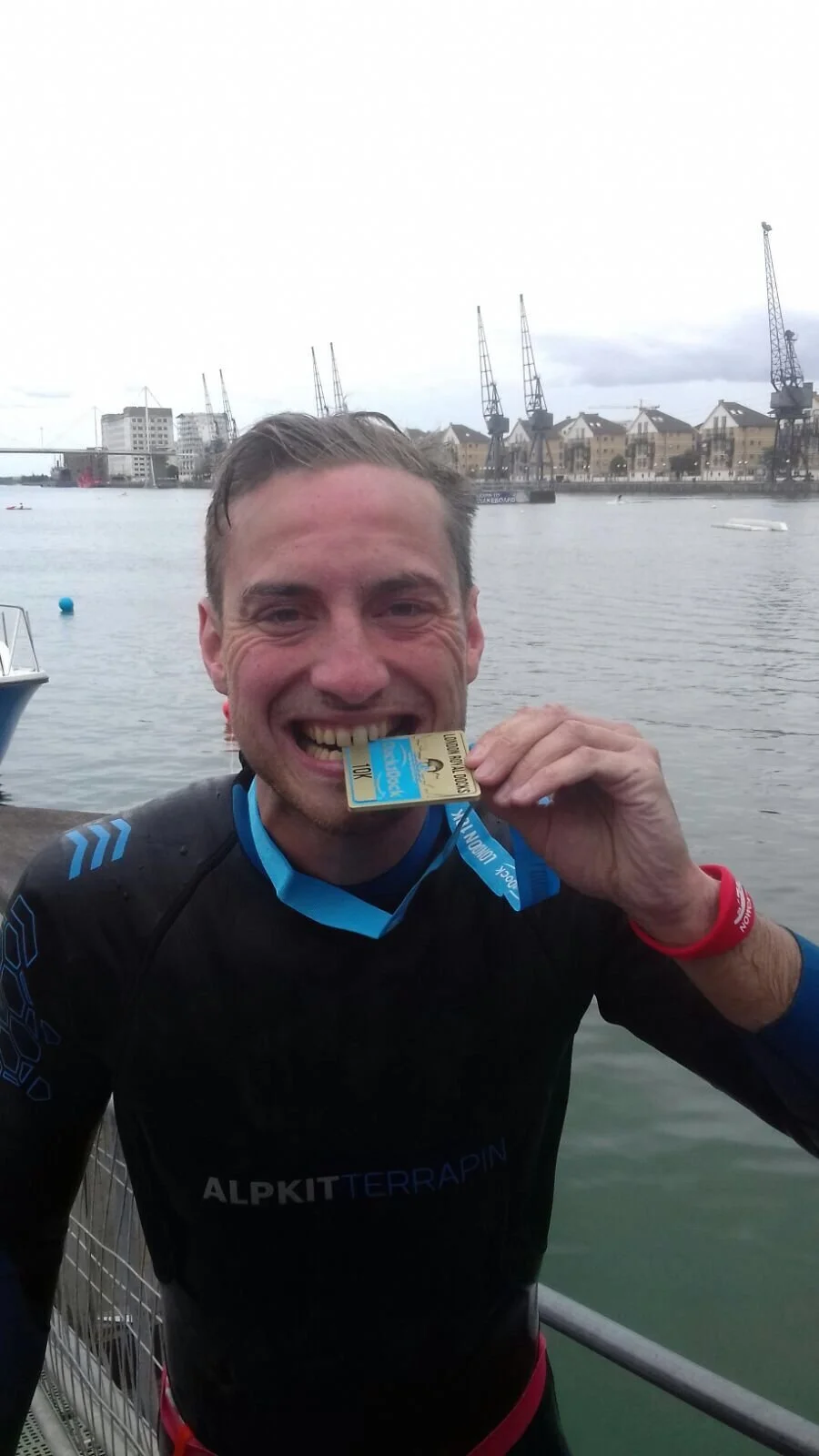How to Train for Your First 10km Swim
There’s a moment, somewhere around the 6km mark, when the body begins to question the mind. Muscles tighten. Time slows. All of those great reasons for entering suddenly seem stupid. The shore is far behind, and the other side hasn’t yet appeared. That’s the beauty of the 10km swim: it isn’t just a distance, it’s a threshold.
Unlike 5km, which dances on the edge of endurance, a 10km swim dives deep into it. We are in marathon swimming territory here. This is up there with your 26.2-mile run or 112-mile bike ride when looking at a triathlon comparison (the 3.8km swim of the Ironman is too short in comparison and arguably isn’t as much of a swimming test as the run and bike).
This isn’t just a swim, it’s a pilgrimage across the water. And to get there, to truly prepare for it, you’ll need more than just meters in the bank and kudos on Strava. You’ll need more than SWOLF and interval sets. You’ll need a mindset. Intention. Desire and a bit of madness always helps.
Here’s how I’d train for it, not with numbers, but with heart.
Middle Brother Calum getting with the kit on for his first 10km swim - London Dock 2 Dock
1. Swim When You Don’t Want To
Training for 10km means building consistency. You’ll need to get up before the light or go out in the rain. There is no such thing as bad weather; who cares? You are going to be wet anyway. I always had a mantra that I would train whatever the weather. You’ll swim when the wind chops the surface into a snarl, when the cold aches in your bones, when your arms are already tired.
Why? Because on the day, the weather won’t care. The water won’t wait.
This isn’t about punishment it’s about preparation. Showing up, over and over, until it becomes part of who you are.
“Discomfort, over time, becomes familiarity. And once familiar, it becomes freedom.”
2. Find Your Stroke and Trust It
A 10km swim isn’t about speed it’s about rhythm. Like a steady drumbeat on the surface of the world. Your stroke doesn’t have to be perfect. But it must be yours.
Spend time finding a cadence that feels effortless. Not flashy. Not fast. Just something you could do for hours without thinking. Because, honestly, you’ll be doing exactly that.
Train in a way that builds muscle memory not in short sprints, but in long, flowing sessions. Swim 3, 4, 5km regularly. Let your body settle into itself.
3. Make Peace With the Monotony
This is something no one tells you: a long swim is repetitive. One stroke, then another. One breath, then another. For hours. No scenery to distract you. Just your own thoughts, the pull of the water, and the silence.
You need to learn to love that space. To find stillness in the repetition. To treat boredom like a meditation bell it calls you back, again and again, to presence.
“There is peace in the pace. Let the rhythm become the ritual.”
Ready to hit the water - mixture of excitement and nerves
4. Train the Gut as Much as the Grit
10km is long enough to drain your body of fuel. That means eating mid-swim isn’t a luxury it’s essential.
But here’s the thing: what works on land doesn’t always work at sea. You’ll need to test everything carb drinks, energy gels, homemade flapjack in a waterproof bag. Your stomach has to get used to digesting while swimming. Your body needs to learn how to keep moving while it’s fuelling.
Train with feeds every 30–45 minutes during long swims. Get used to it now, not on the big day.
5. Embrace Cold as Companion, Not Enemy
You can’t fake cold-water conditioning. It’s earned, one shivering toe at a time.
Start early in your training. Swim through the seasons. Learn how your body responds at different temperatures. Not just physically, but mentally. Cold doesn’t just numb your limbs, it tests your resolve.
The more you train in it, the more it becomes a partner, not a threat. And come swim day, you’ll be grateful for every icy morning you endured.
“The cold strips you bare and that’s where you find who you really are.”
6. Simulate the Unknown
No matter how many meters you’ve logged in the pool, the open water will always surprise you. A 10km swim demands rehearsal, not just of distance, but of conditions.
Spotted from the Cable Car
First 10km swim completed!
Do long swims in wind, waves, chop. Swim in different locations lakes, rivers, sea if you can. Sight without stopping. Get used to currents nudging you off course. Practice changing goggles mid-swim, or fixing a leaking cap. Not because they will happen, but because they might.
You’re not just training a swimmer, you’re preparing an adventurer.
7. Plan Your Escape Route (But Aim Not to Use It)
This is a big one. Every long wild swim needs a safety plan. A support kayaker. A shore tracker. Exit points along the way. Don’t see this as weakness. See it as wisdom.
Knowing you have a way out gives you the courage to go all in.
But still, train to not need it. Swim long enough, far enough, often enough that your confidence outweighs your caution. Let the plan be your backup, not your crutch.
The Final Swim
When the day comes, when you zip up the wetsuit or rub grease across your shoulders, know this:
You’re ready.
Not because you hit some arbitrary target. But because you showed up in the cold. You fed your body and your spirit. You swam through boredom, through wind, through doubt. You made friends with the water, and with yourself.
10km later, you’ll emerge changed. Maybe not triumphant. Maybe not fast. But transformed.
And in that final stroke, exhausted, exhilarated, dripping with everything you gave, you’ll know this truth, which every wild swimmer eventually learns:
You don’t conquer the water.
You let it carry you forward,
stroke by stroke,
into a new version of yourself.




